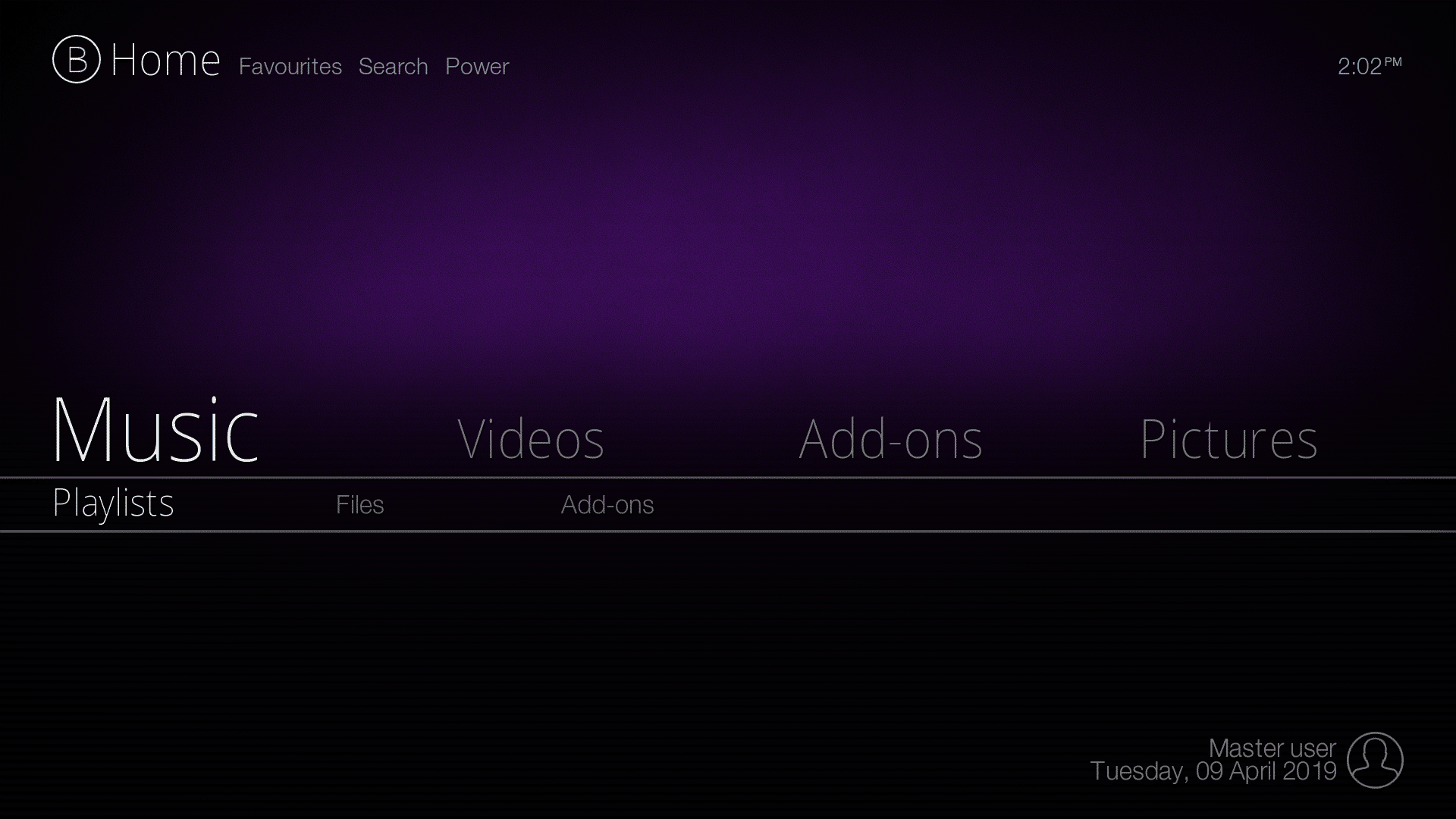

- How to revert to base kodi theme install#
- How to revert to base kodi theme password#
- How to revert to base kodi theme license#
- How to revert to base kodi theme tv#
We have one final task before going to configure Kodi. That’s all you need to do in the command line for now-though we recommend keep the command prompt open for the MySQL server, however, as we’re going to check in later and take a peek at the databases once Kodi has created them for us. A MySQL database, on a private server, that tracks which episodes of Dexter you’ve watched is hardly a high risk installation. While identical login/passwords are generally a huge security no-no in this case we’re comfortable using a matching pair for the sake of simplicity. The first portion of the first command creates the user, the second portion creates the password. You’ll then find yourself at the MySQL server prompt.Īt the prompt, type the following commands, pressing Enter after each one, to create a user on the database server: CREATE USER 'kodi' IDENTIFIED BY 'kodi' GRANT ALL ON *.* TO 'kodi' flush privileges
How to revert to base kodi theme password#
When the console opens, enter the password you created in the previous step.


To start, run the MySQL Command Line Client-you should have an entry for it in your Start Menu. We’ll need a bit of command line work for this. Next, it’s time to create a user account on the MySQL server for your media centers. On the next screen, check Modify Security Settings, plug in a new root password, and check Enable root access from remote machines.Ĭlick through to the final screen and press Execute to let the wizard set everything up with the parameters you’ve specified. On the next screen, check “Install As Windows Service”, name it MySQL-or, if you’re running multiple MySQL servers for some purpose, give it a unique name-and check “Launch the MySQL Server Automatically” to ensure the MySQL server is always on when you need it. Select Standard Configuration and click Next. The MySQL configuration wizard will launch and present you with the option to select between Detailed and Standard Configuration. When it’s finished, make sure “Launch the MySQL Instance Configuration Wizard” is checked, and click Finish.
How to revert to base kodi theme license#
Accept the license agreement and the “Typical” installation. Simply download the server installation app and run it. The installation of MySQL is straightforward. For other operating systems, please consult the MySQL 5.5 Manual. Our installation instructions should match for any version of Windows.
How to revert to base kodi theme install#
Step One: Install the MySQL Serverįor this tutorial, we’ll be installing MySQL on a media server running Windows 10.
How to revert to base kodi theme tv#
In our case, we’re going to install MySQL on the same always-on home server that we store our movies and TV shows on-that way, any time the media is available to Kodi, so is the database. You can install the MySQL server on any computer that will be consistently on while you’re using the media centers.


 0 kommentar(er)
0 kommentar(er)
